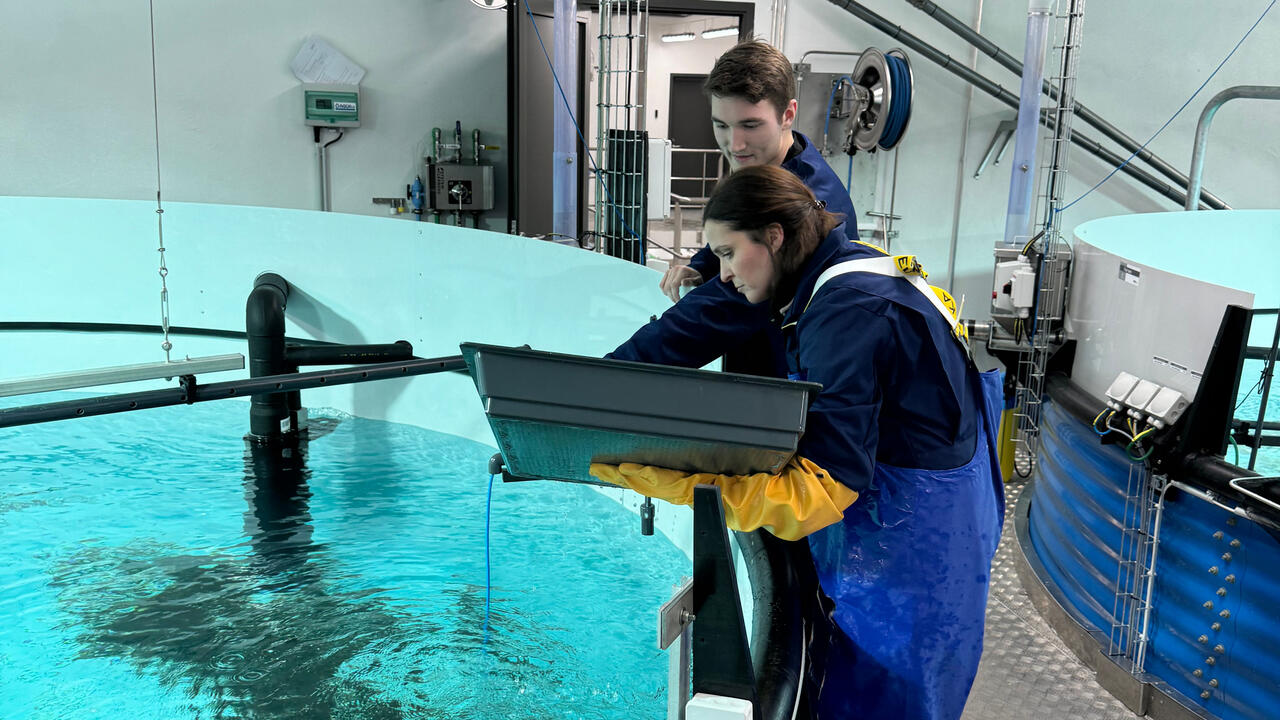Laxey, Iceland
This story began in 2022 when AKVA group signed a contract with Icelandic Land Farmed Salmon (now Laxey) marking a milestone as building the first of its kind in Iceland – a true RAS facility for Atlantic salmon smolt.
This story began in 2022 when AKVA group signed a contract with Icelandic Land Farmed Salmon (now Laxey) marking a milestone as building the first of its kind in Iceland – a true RAS facility for Atlantic salmon smolt.

The smolt RAS forms the basis for Laxey´s ambitions to achieve a production target at the Westman Islands by the year 2031 of an impressive 32,000 metric tons HOG (head on gutted) annually. To put this into perspective, the Icelandic land-based salmon production in 2022 was around 2,000 tons.
The on-growing technology used from the smolt stage to fully grown salmon of 6-7 kg ready for harvest is called Re-use, a technology constantly exchanging 30% of the system volume with new water compared to RAS shifting only 1%. The Westman Islands have unique geographical characteristics making the islands an ideal location for Re-use salmon farming. The volcanic terrain, including its lava sand, serves as a natural filter, ensuring crystal-clear seawater that can be used in the grow-out. This natural filtration removes pathogens before water enters the grow-out tanks. Moreover, the warm water is consistently at an ideal temperature, facilitating a sustainable production process.
"We are currently approaching the midpoint of our RAS collaboration with AKVA group, and the process has been incredibly smooth. It all began with an initial design phase where AKVA group collaborated closely with our team to model and design every aspect. Subsequently, we progressed to on-site installations. The partnership has proven to be an excellent fit. AKVA group has a lot of know-how and experience building these installations, and the construction team has been doing a great job keeping the schedule," says CTO of Laxey, Hallgrímur Halli Steinsson in 2023.
Laxey's primary markets span Europe and North America. Upon the successful completion of the smolt RAS and the first Re-use modules, they plan to produce 13,500 tons HOG of Atlantic Salmon annually in the first production phase. Lárus Sigurður Ásgeirsson, Chairman of the board of Laxey, concludes, "Our goal is to produce superior quality salmon in the most sustainable environment possible."